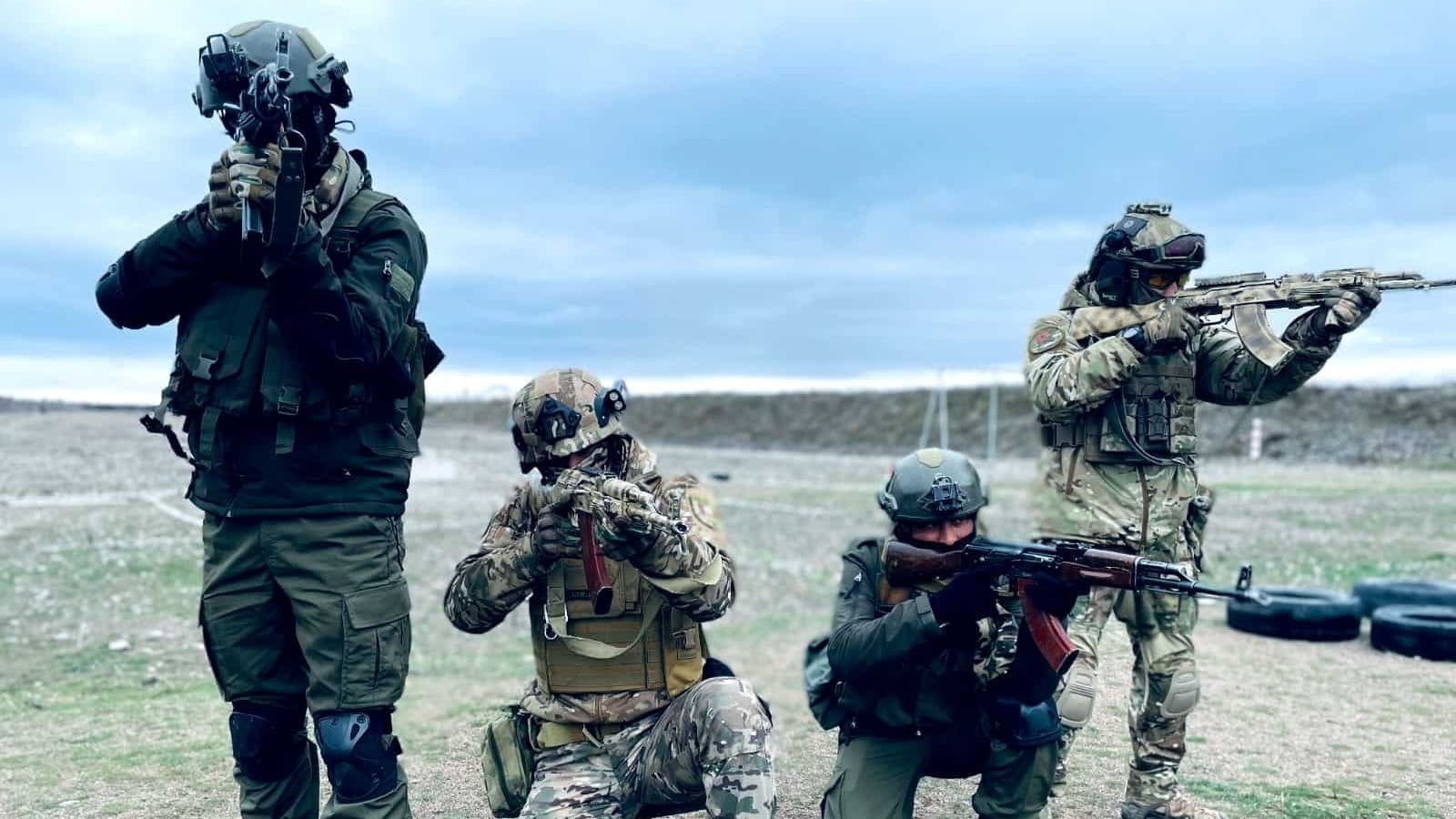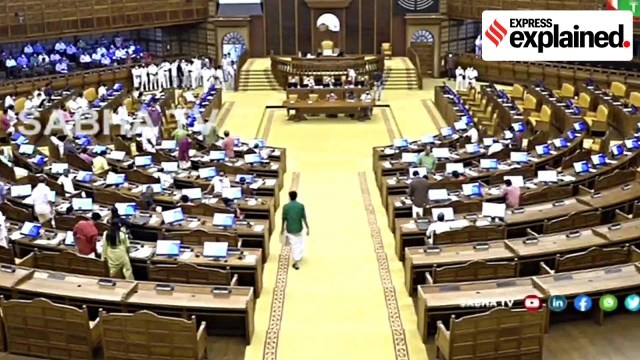Description

Disclaimer: Copyright infringement not intended.
Context
The 11th edition of India-Kyrgyzstan Joint Special Forces Exercise KHANJAR has commenced at the Special Forces Training School in Bakloh, Himachal Pradesh.
Details
- The Indian Army contingent consists of 20 personnel from The Parachute Regiment (Special Forces).
- The Kyrgyzstan contingent is represented by 20 personnel from the Scorpion Brigade.
- Special emphasis on operations in Built-up Areas and Mountainous Terrain under Chapter VII of the United Nations Charter.
- It is an annual event conducted alternatively in both the countries.
Significance
- Counter-Terrorism Cooperation: The focus on counter-terrorism and special forces operations reflects the shared commitment of both countries in addressing security challenges.
- Skills Enhancement: By exchanging experiences and best practices, the exercise contributes to the enhancement of Special Forces skills and the adoption of advanced techniques.
- Regional Cooperation: The joint exercise strengthens defense ties between India and Kyrgyzstan, fostering regional cooperation to address common security threats.
- Showcasing Capabilities: The opportunity to showcase indigenous defense equipment highlights the technological capabilities of both nations and encourages future collaboration in defense manufacturing.
- Bilateral Relations: Beyond the military aspect, the exercise plays a crucial role in fostering stronger bilateral relations and understanding between India and Kyrgyzstan.

Conclusion
Such joint exercises not only enhance the military capabilities of the participating nations but also contribute to regional and global security by addressing common challenges such as terrorism and extremism.
MUST READ ARTICLES:
https://www.iasgyan.in/daily-current-affairs/india-central-asia-relations-35
|
PRACTICE QUESTION
Q. Discuss the geopolitical significance of India-Kyrgyzstan relations in the context of India's extended neighborhood policy. (250 Words)
|










